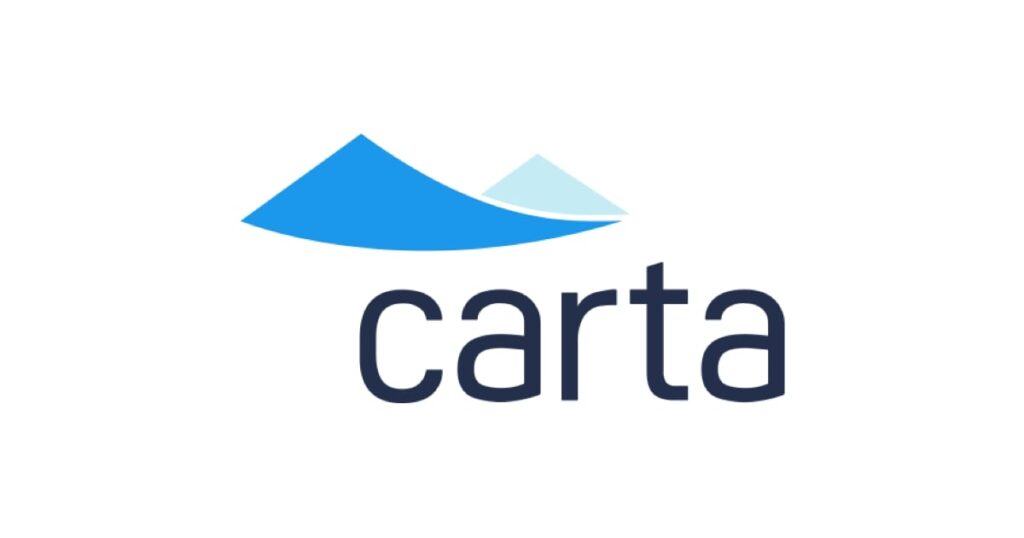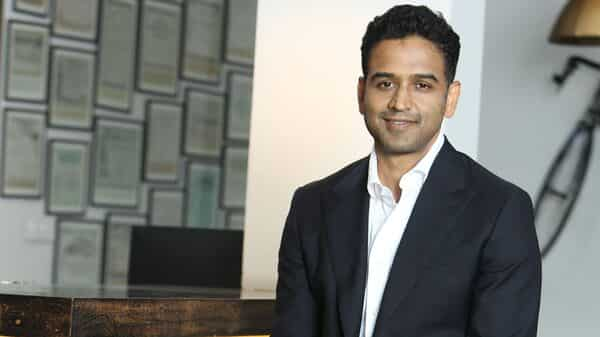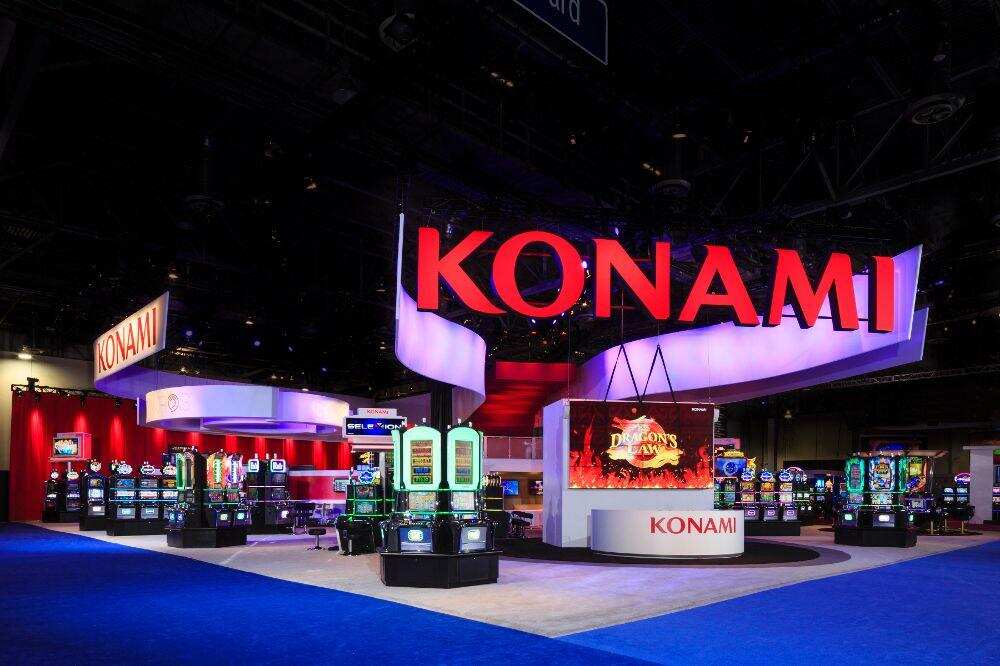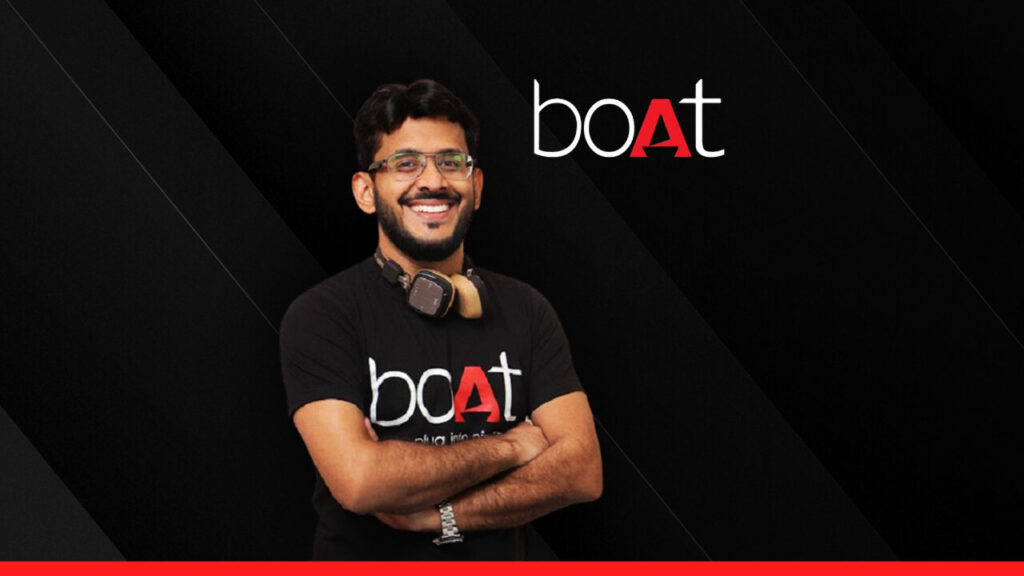Carta: Expertise in capitalization table management and valuations technology.
Carta enables users to start businesses, manage their equity, and make investments in emerging firms. The company’s goal is to make equity ownership more accessible to more individuals in more locations.

For over two million people worldwide, Carta maintains over two trillion us dollars in equities. More than 30,000 enterprises, over 5,000 investment funds, and 500,000 employees rely on the corporation for capitalization table managing, liquidity venture capital services, compensation management, etc.
About the Company
Formerly known as eShares, Carta is a software company that focuses on capitalization table management and valuations technology. To assist businesses, investors, and employees in managing their equity and to provide a real-time image of firm ownership, the company digitizes paper stock certificates, together with share options, warrants, and derivatives.
Additionally, the business runs the private stock exchange CartaX and publishes studies emphasizing the gender parity gap in several industries. The company is headquartered in San Franciso, USA. The company purportedly tracked more than $2.5 trillion in corporate equity as of August 2022 and has enabled $13 billion in supplementary sales. Slack, Coinbase, Casper, Tilray, and Affirm are a few of its clients.
History
Henry Ward, an entrepreneur, and Manu Kumar, a seasoned investor, started Carta in 2012 as eShares. Ward was appointed CEO, while Kumar was named corporate chairman. When the founders recognized a requirement for venture-backed businesses to electronically handle equity, sell securities, and monitor their cap tables, they founded the company. In 2015, Spark Capital led a $17 million Series B financing for eShares.
In order to offer stock management to Zenefits’ platform, eShares teamed with the cloud-based human resources startup Zenefits in 2016. In 2017, eShares acquired Silicon Valley Bank Analytics, a competitor’s valuation firm. The company later changes its name to Carta. In 2021, the company developed a private stock market named CartaX to enable owners and staff to sell private equities before an acquisition or IPO. The company sold under $100 million of its individual shares on CartaX in February. In 2022, Carta purchased UK rival Capdesk for an unknown amount.
Products and Services
Carta’s software helps assist businesses in maintaining their capitalization charts, which display the ownership percentages, stock dilution, and equity value for every round of funding by inventors, founders, and other owners. Customers can monitor their valuations, portfolio investments, and equity plans online with the aid of the company’s software.
The software from Carta enables business owners to issue digital share certificates to stock option-eligible parties like investors, employees, and others. Additionally, it creates a single dashboard that allows issuers to monitor shareholding, the timing and cost of securities issued, and the willingness of owners to sell. The portfolio management software from Carta is widely used by venture capital organizations.
The company also runs the private stock exchange CartaX, which allows staff members and investors to sell their shares ahead of the company’s IPO or acquisition. Table Stakes is a group of equity gap studies that were produced as a result of the company’s emphasis on capitalization tables. In a range of industries, namely high tech, the surveys identify equity inequalities between company employees and founders in terms of gender, color, ethnicity, and region.
Founders: Henry Ward; Manu Kumar
Henry and Manu Kumar pointed out in 2012 that investing in a business was the same whether it was a railway or a cryptocurrency start-up: Stock certificates were physically issued, and businesses used spreadsheets to keep track of capitalization tables. It was a cumbersome approach that makes it challenging to transmit information and can result in expensive mistakes. This resulted in the formation of the company in 2012.

I am a law graduate from NLU Lucknow. I have a flair for creative writing and hence in my free time work as a freelance content writer.




